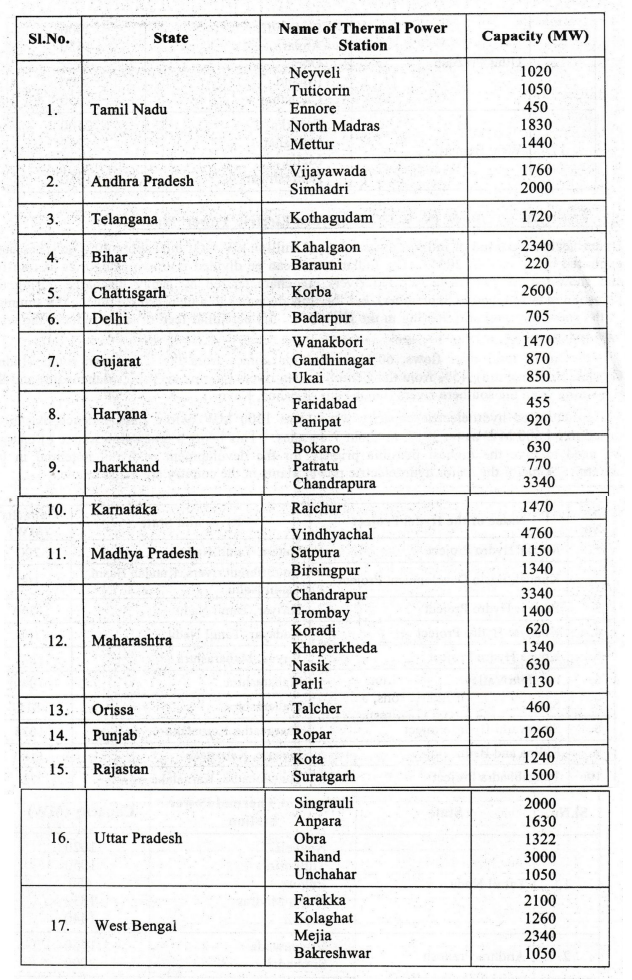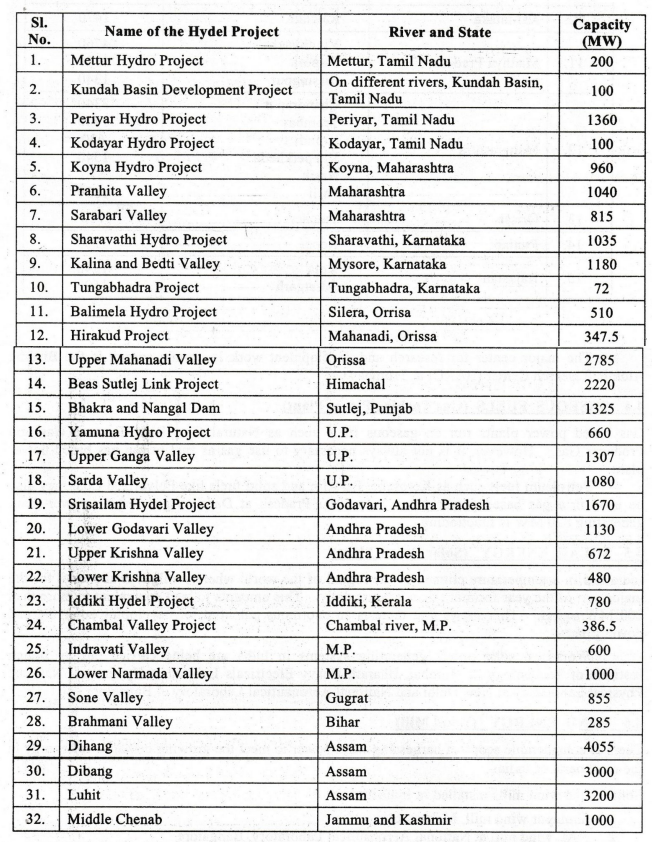Basic Civil & Mechanical Engineering: UNIT I: n. Energy engineering
Potential in india
Energy engineering
Ours is a developing country with an enormous and explosive population of about 1,324 millions as on 2017, from just 330 millions in the Year of Independence 1947.
POTENTIAL IN INDIA
Ours
is a developing country with an enormous and explosive population of about
1,324 millions as on 2017, from just 330 millions in the Year of Independence
1947. It is also endowed with various natural resources of energy like coal,
water, nuclear fuel, solar energy, etc. These resources should be exploited in
the most efficient form by using improved technology so that power at cheaper
rates becomes available, which will help to accelerate the growth of industry.
A brief account of the important sources of energy in India is given below:
1. FOSSIL FUELS (Thermal Power Plants)
The
principal fossil fuels include coal and diesel. Probable world resources of
coal are estimated to be in the order of 5 million-million metric tons. In
this, the share of India is estimated to be about 85,000 millions of metric
tons, as against 1,700,00, 450,000 and 51,000 millions of metric tons of
U.S.A., U.S.S.R. and U.K. respectively.
Our
coal reserve will be sufficient for another few decades. 60% of the total coal
exists in the eastern part of the country in Bihar and West Bengal. The area
which is not yet developed is north-east India where we have coal with low ash
but high sulphur content. We have to develop these coal resources also. Lignite
is another form of low grade coal which is found in Tamil Nadu and Rajasthan.
But in Maharashtra and Gujarat, practically no resources are available. Some of
the major Thermal Power Plants in India are given below:

2. ENERGY STORED IN WATER (Hydro-Electric Power Plants)
Hydroelectric
potential of India is assessed as 45 million kW. Of this, about 40% only has
been exploited by the end of 2004. The Indian rivers can be divided into two
categories as rain-fed and snow-fed rivers. The rain-fed rivers are
characterized by heavy discharge during the monsoon months (June to September),
but the flow dwindles to a mere trickle during the summer. In the snow-fed
rivers originating in the Himalayas, the perennial feed of snow reduces the
wide variation of inflow to some extent.
Out
of total river flows, 60% contribution comes from the Himalayan rivers (Indus,
Ganges, Brahmaputra), 15% from the Central Indian rivers (Narmada, Tapti,
Mahanadhi) and the remaining from the southern rivers (Godhavari, Krishna,
Kaveri).
Installed
hydroelectric capacity which was 1300 MW before independence, has been raised
to 44,600 MW as on 2017, in about 7 decades. This being a renewable source of
energy, we need to give the highest possible priority for the development of
hydel potential in the country. Some of the major hydroelectric power plants in
the country are listed below:

3. NUCLEAR ENERGY (Nuclear Power Plant)
Thermal
power production costs more than nuclear power after the recent rise in oil
prices. In India, nuclear power generation is considered in places far remote
from coal reserves and water power sites. The nuclear fuel Uranium is found in
Bihar, Rajasthan and Tamil Nadu. Disposal of the radio-active wastes and the
difficulties associated with the availability of nuclear fuel prohibit these
plants to enjoy a popular status in many regions of the world.
Nuclear
Power Plants in India

The
major center for research and development work in atomic energy is the Bhabha
Atomic Research Center (BARC) at Trombay.
4. GASEOUS FUELS (Gas Turbine Power Plant)
Gas
based power plants run on gaseous fuels such as Natural Gas, Blast Furnace Gas
and Producer Gas. However, it is not always necessary to use gas as fuel to run
gas based power plant.
Petroleum
fuels such as Kerosene, Paraffin and solid fuels like Pulverized Coal may also
be used in a gas based power plant. In Uttar Pradesh at Dadri, a gas turbine
power plant generating 820 MW is functioning.
5. SOLAR ENERGY (Solar Power Plant)
India
lies in a temperature climate of the region of the world where sunlight is
abundant for the major part of the year for more than 8 hours daily. This
amounts to heat equivalent to more than 200 MW/sq.km. This shows that there is
an enormous potential for developing solar thermal power plants.
Works
on solar power generating systems in India are being carried out by Indian
Institute of Technology at Mumbai, Bharath Heavy Electricals Limited at
Hyderabad, National Physical Laboratory at New Delhi and National Aeronautical
Laboratory at Bangalore.
6. WIND ENERGY (Wind Mill)
There
is considerable scope of harnessing wind power to meet the growing demands for
energy in the rural parts of India.
Some
of the wind mills installed in India are:
1.
Sholapur wind mill, Maharashtra
2.
NAL wind mill at National Aeronautical Laboratory, Bangalore
3.
Wind mill at BHEL, Hyderabad
4.
Tamil Nadu: Madurai Wind Mill (Madurai District), Kethanur Wind Mill
(Coimbatore District), Kayathar Wind Mill (Tirunelveli District), Muppandal (Kanyakumari
District), Mullakkadu (Tuticorin District), etc.
7. TIDAL ENERGY (Tidal Power Plant)
Ocean
tides contain large amount of potential energy which is used for running the
water turbine. The generation of power using this source of energy requires
some minimum tide height and suitable site. Gulf of Cambay, Gulf of Kutch and
Sundarban area of West Bengal are considered as suitable sites for tidal power
plants in India.
8. GEO-THERMAL ENERGY
In
India, there is one project in Puga valley in Jammu and Kashmir having a 20 MW
capacity. Another plant is at Parvati valley, Himachal Pradesh.
Basic Civil & Mechanical Engineering: UNIT I: n. Energy engineering : Tag: : Energy engineering - Potential in india
Related Topics
Related Subjects
Basic Civil and Mechanical Engineering
BE3255 2nd Semester 2021 Regulation | 2nd Semester EEE Dept 2021 Regulation
